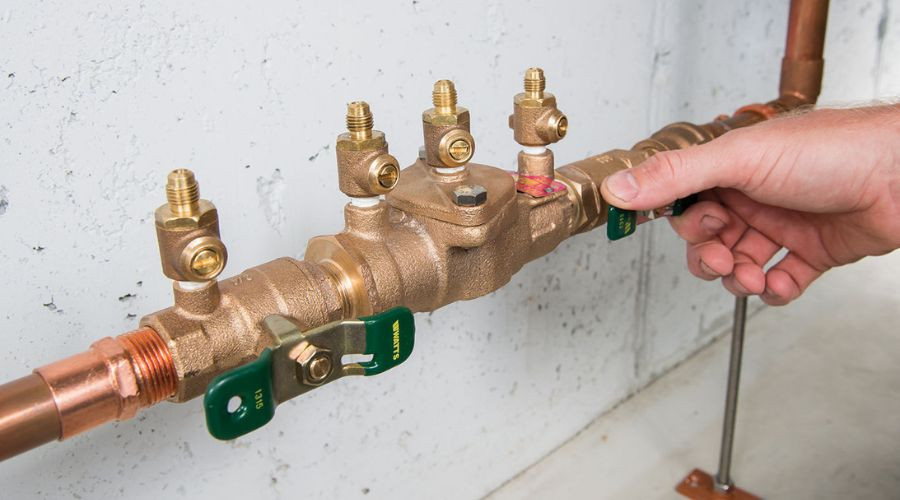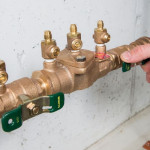Backflow Explained
Of all the plumbing issues homeowners and property managers have to worry about, backflow is probably the most misunderstood. Indeed, many people don’t even know what backflow is, let alone how to deal with it. But backflow is also one of the most severe problems that can plague a plumbing system due to its health hazards. So to help property owners stay safe from the dangers of backflow, this article will answer the most common questions about backflow.
What Is Backflow and What Are Its Risks?
In plumbing, the term backflow refers to a reversal in the direction of the water’s flow within a pipe or section of the plumbing system. Plumbing systems are designed so that water only flows in one direction, but there are intersections and connections where water from one pipe can potentially flow into another.
Backflow can present a significant health risk if water from one part of the plumbing system contaminates a potable water supply. For instance, if water pools up around a sprinkler head in the lawn, that water could potentially siphon back into the irrigation lines, bringing fertilizer, pesticides, and other contaminants with it. If these contaminants made it into the municipal water supply, it could affect thousands of people (if not more). This is why today’s plumbing codes and regulations require that measures be put in place to prevent backflow.
How Do Plumbers Prevent Backflow?
 Plumbers help prevent backflow by installing backflow prevention devices at cross-connections where potable water lines connect to non-potable systems. Dishwashers, toilets, irrigation systems, and fire sprinkler systems are all examples of fixtures and systems that may require backflow preventers.
Plumbers help prevent backflow by installing backflow prevention devices at cross-connections where potable water lines connect to non-potable systems. Dishwashers, toilets, irrigation systems, and fire sprinkler systems are all examples of fixtures and systems that may require backflow preventers.
Different systems require different types of backflow devices depending on the plumbing design, the level of hazard backflow presents, and the type of backflow being prevented. The two types of backflow are “back siphonage” and “back pressure.” The former occurs when upstream pressure is lost, causing water to flow backward (like sucking water through a straw). The latter occurs when downstream pressure becomes too high, and forces water back through a supply pipe.
Some backflow devices can only protect against back siphonage, while others protect against both types of backflow. The plumbing system in a home or business can include a variety of backflow preventers, including air gaps, check valve assemblies, and vacuum breaker assemblies, all of which allow water to flow in one direction but not in reverse.
How Often Do Backflow Prevention Devices Need Testing?
 Like any other part of the plumbing system, backflow prevention devices can wear out, deteriorate, or malfunction over time. For this reason, backflow preventers need to be tested yearly by a certified backflow tester to ensure they’re working correctly and in good condition, allowing them to continue preventing backflow.
Like any other part of the plumbing system, backflow prevention devices can wear out, deteriorate, or malfunction over time. For this reason, backflow preventers need to be tested yearly by a certified backflow tester to ensure they’re working correctly and in good condition, allowing them to continue preventing backflow.
This process, called backflow testing, involves simulating a backflow event safely while observing and measuring the device's function. If the backflow tester determines that the device is failing to seal the cross-connection completely or is otherwise malfunctioning, the device will need to be replaced. Regular backflow testing doesn’t just keep the home or building in compliance with local codes, but it also helps prevent contamination events that can become public health emergencies.
About Hancock & Son Plumbing, Heating, and Air Conditioning
Hancock & Son Plumbing, Heating, and Air Conditioning is a locally owned and operated company serving Salisbury and the surrounding areas. They offer 24/7 emergency service, honest pricing, and personalized service options. Call them today for backflow testing services and repair in Salisbury, MD.


























